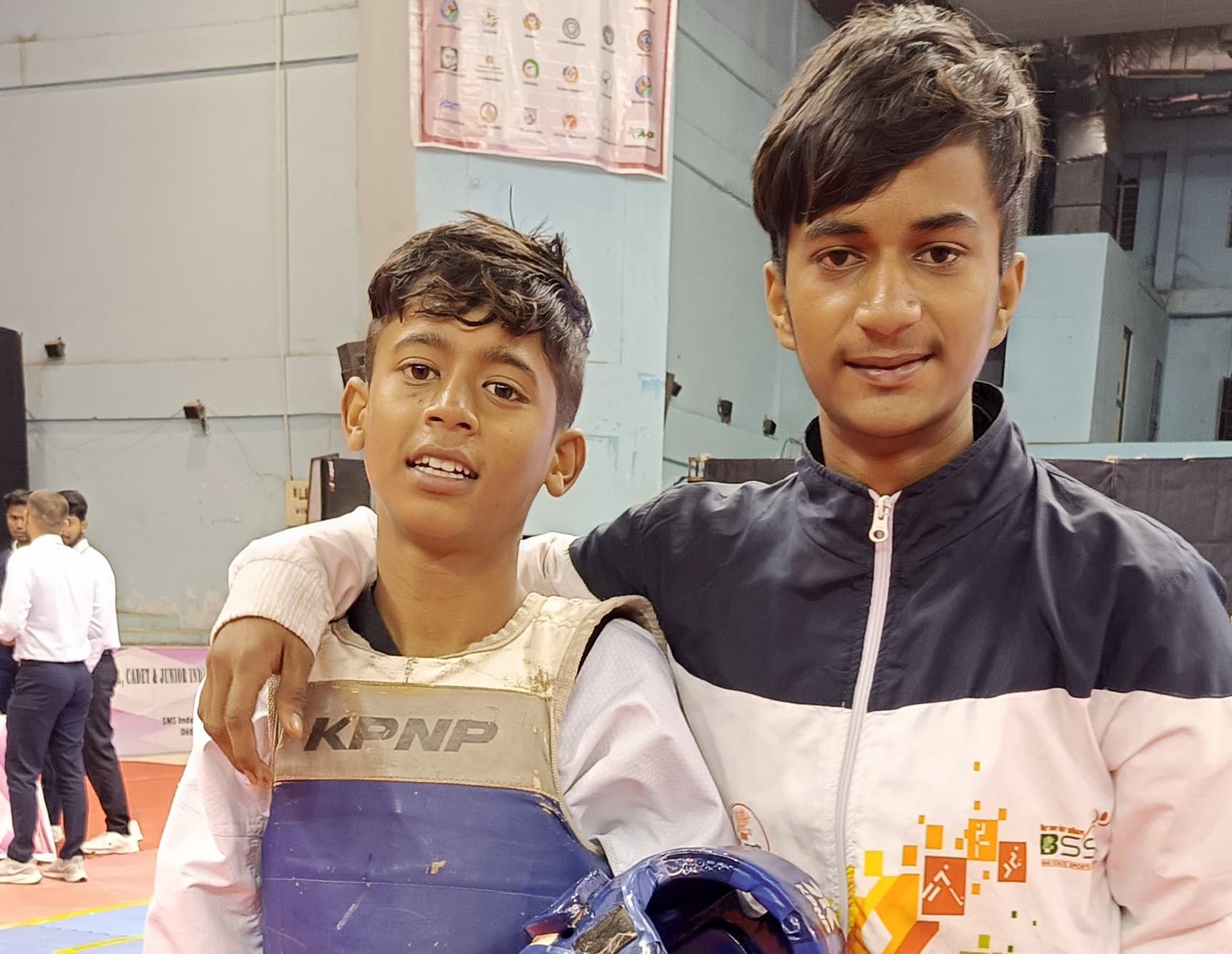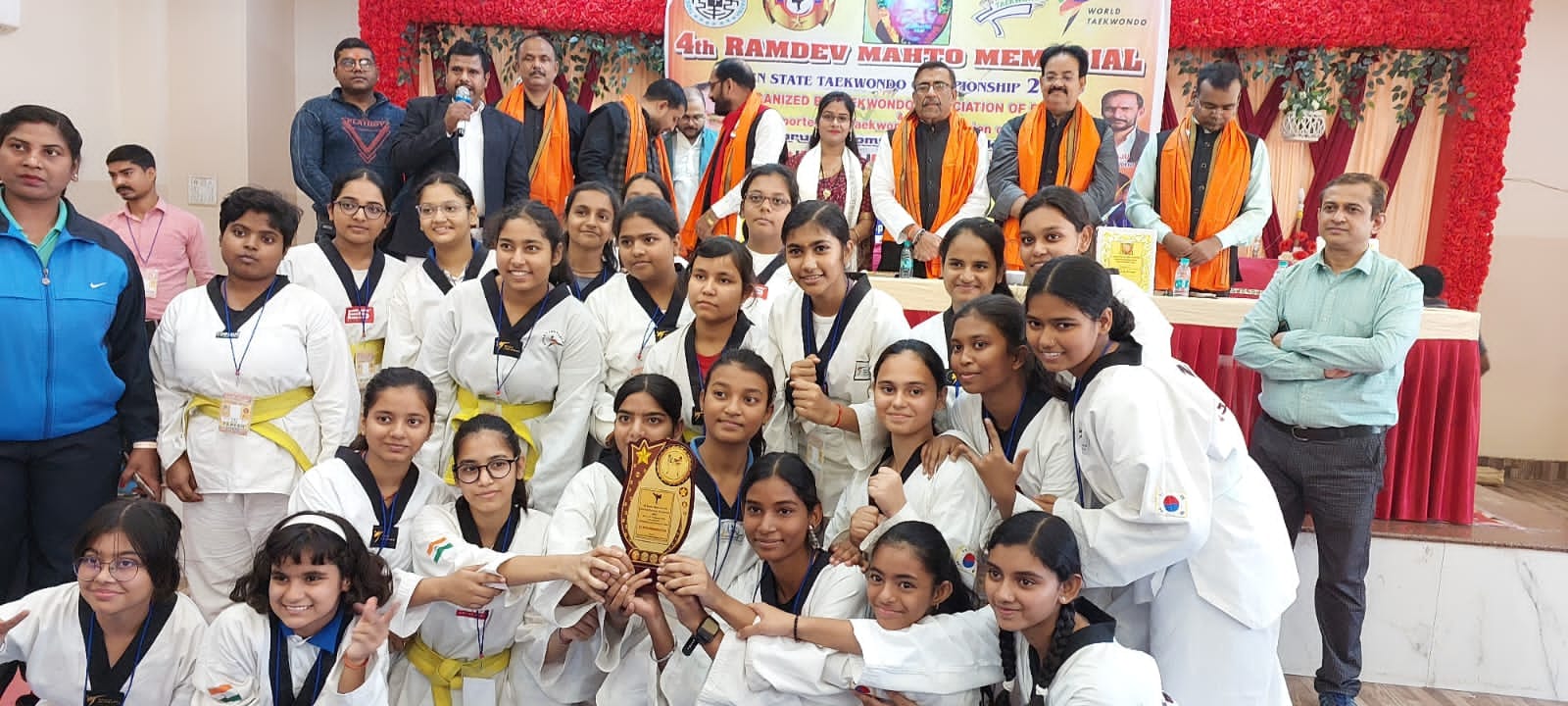Basic Taekwondo Techniques for Beginners
Starting your journey in Taekwondo can be exciting and rewarding. This Korean martial art is renowned for its dynamic kicks, powerful strikes, and disciplined training methods. If you’re a beginner, mastering the basics is crucial to building a strong foundation. This guide will walk you through essential Taekwondo techniques that every beginner should learn.
Table of Contents
Stances
In Taekwondo, stances are the foundation of all movements. Proper stances provide balance, stability, and power. Here are three fundamental stances:
- Attention Stance (Charyeot Seogi): This is the starting stance for all forms and techniques. Stand straight with your feet together, hands at your sides, and eyes forward. This stance symbolizes respect and readiness.
- Ready Stance (Junbi Seogi): From the attention stance, move your feet shoulder-width apart and bring your fists to your waist, elbows slightly bent. This stance prepares you for action.
- Front Stance (Ap Seogi): Step one foot forward, bending the front knee while keeping the back leg straight. Distribute your weight evenly. This stance is used for powerful forward attacks and blocks.
Basic Kicks
Kicking is a hallmark of Taekwondo. Beginners should focus on these basic kicks:
- Front Kick (Ap Chagi):
- Start in a fighting stance.
- Lift your knee to your chest, then extend your leg forward, striking with the ball of your foot.
- Retract your leg quickly and return to the fighting stance.
- Roundhouse Kick (Dollyo Chagi):
- From a fighting stance, pivot on your supporting foot.
- Lift your knee and rotate your hips, extending your leg in a circular motion.
- Strike with the top of your foot, then retract and return to the fighting stance.
- Side Kick (Yeop Chagi):
- Start in a side-facing stance.
- Lift your knee towards your chest, then extend your leg out to the side, striking with the heel.
- Retract your leg and return to the starting position.
Basic Punches
Punching techniques are crucial for both offense and defense. Here are the basic punches:
- Jab (Jireugi):
- From a fighting stance, extend your lead hand straight out, striking with your first two knuckles.
- Keep your other hand up to protect your face.
- Cross (Jireugi):
- From a fighting stance, rotate your hips and shoulders, extending your rear hand straight out.
- Strike with your first two knuckles, retract quickly, and return to the fighting stance.
- Hammer Fist (Me Jumeok):
- From a fighting stance, raise your fist above your head.
- Swing your arm down in a controlled motion, striking with the bottom of your fist.
Blocks
Blocking techniques are essential for defense. Beginners should practice these basic blocks:
- Low Block (Arae Makgi):
- Start in a ready stance.
- With one hand, sweep downward across your body, stopping at the outside of your thigh.
- Use the opposite hand to protect your face.
- Middle Block (Momtong Makgi):
- From a ready stance, bring your blocking hand across your body.
- Sweep your arm outwards to the side at chest height, blocking an incoming strike.
- High Block (Eolgul Makgi):
- From a ready stance, raise your arm above your head.
- Sweep your arm upward to block an overhead strike, keeping your forearm above your forehead.
Forms (Poomsae)
Forms, or poomsae, are pre-arranged sequences of movements that simulate combat against multiple opponents. They help improve technique, balance, and coordination. Beginners start with the basic forms, such as:
- Taegeuk Il Jang: This form focuses on basic stances, blocks, and strikes. It introduces fundamental Taekwondo principles.
- Taegeuk Ee Jang: Building on the first form, this sequence incorporates additional techniques and combinations, enhancing your skills.
Sparring (Kyorugi)
Sparring, or kyorugi, is a controlled practice fight against an opponent. It allows you to apply techniques in real-time and develop timing, distance, and strategy. Beginners should focus on:
- Basic Sparring Drills: Practice attacking and defending with a partner, using controlled movements to build confidence and skill.
- Protective Gear: Always wear the appropriate protective gear, including a helmet, chest protector, gloves, and shin guards, to ensure safety during sparring sessions.
Conclusion
Mastering the basics of Taekwondo is essential for any beginner. By focusing on stances, kicks, punches, blocks, forms, and sparring, you lay a solid foundation for more advanced techniques. Remember, consistent practice and dedication are key to progress in Taekwondo. Embrace the journey, respect the discipline, and enjoy the many benefits this martial art has to offer.



